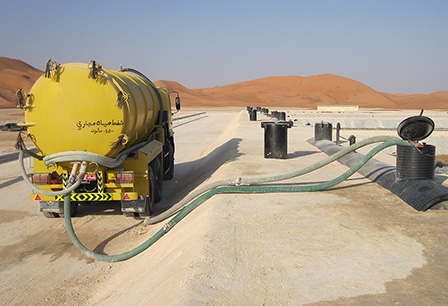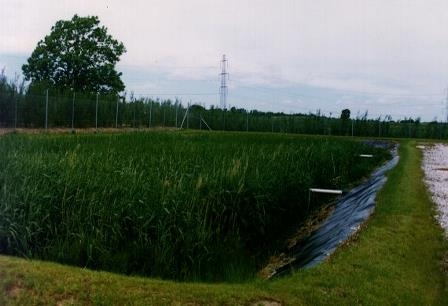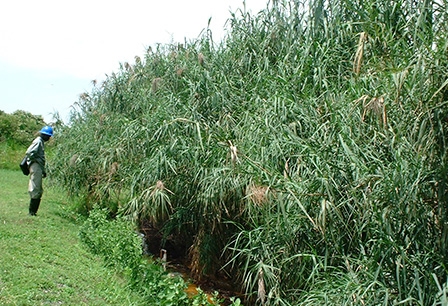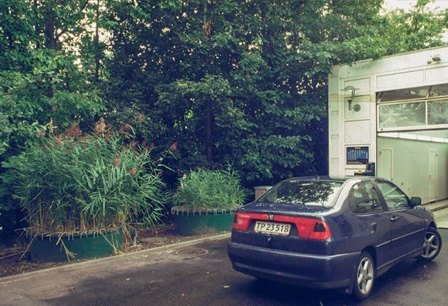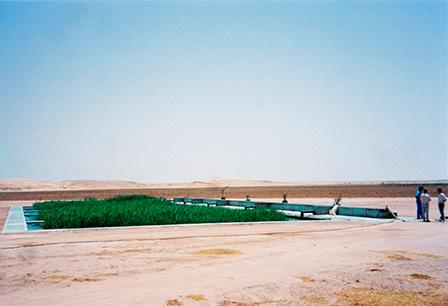
Rootzone Technology
- EU Verified for oil treatment and recirculation
- Nature based system -no smell
- Meet the Government and WHO demands
- Treatment of sewage, wastewater, sludge, mud, and oil.
- Sludge reduced with 95% by mineralization
- No energy consumption and chemicals
- Positive carbon credit without emission of carbon dioxide
- Greening and cooling the desert to under 30˚C
- Recirculation of carwash and irrigation for agriculture
- Raise your environmental profile
Rootzone /Reed bed/ Constructed wetlands
The root zone/filter plant is a biological filter, where the biological treatment of waste water takes place in a soil volume, which is penetrated by roots. The root network is composed by suitable plant species, it is even beneficial if the optimum varieties of these species are selected. This structure implies that the waste water flows.
During the waste water flow, the nutrient elements and metals- are bound to the soil colloids respectively released to the atmosphere through nitrification and denitrification. The turnover of the organic substances occurs with assistance from a diverse, aerobic and anaerobic, microbial activity in the soil
The aerobic activity is supplied with oxygen from the plant roots as well as via the surface of the system. Thus, aerobic activity is concentrated near the plant roots, while anaerobic activity prevails in some distance from the roots. This mosaic of aerobic and anaerobic pockets provides optimum conditions for a wide range of active microbial organisms. Aerobic as well as anaerobic groups of organisms are required for the required down-break of the waste water constituents and may be compared with the anaerobic and aerobic steps in a biological waste water treatment system.
In biological treatment plants, the two processes are normally separated. In the root zone/filter system, the above mosaic structure permits all processes to occur in the same soil volume.
